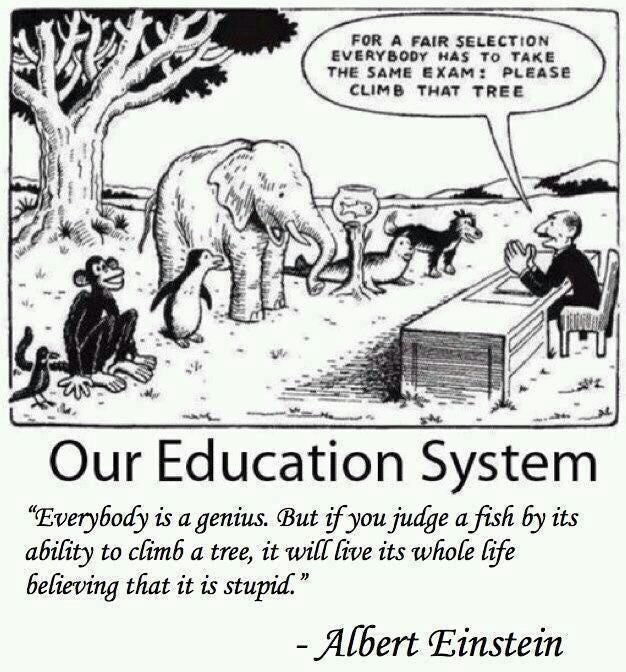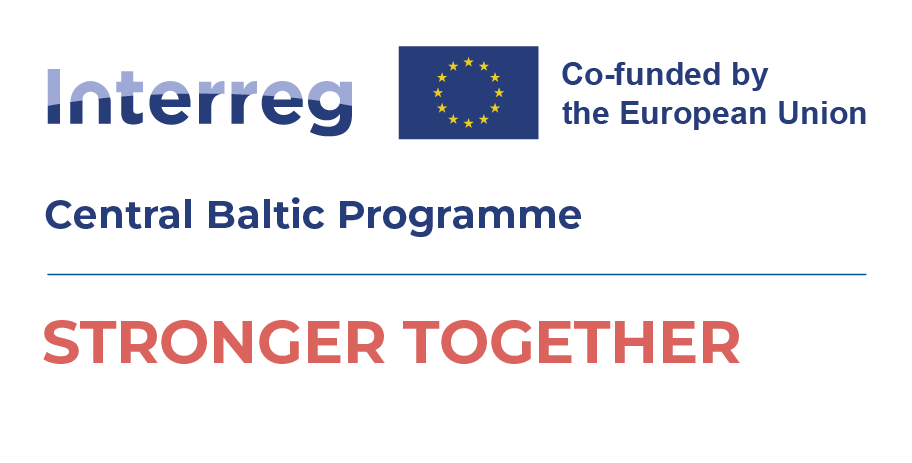What is Normal? What is a Norm? On what a labor market is and could be.
There are countless mental models and perceptions of how things should be—what is considered right and what is seen as odd or wrong. At both group and societal levels, this can be described as norms—an unspoken agreement about the nature of reality. Norms, or the perception of what is normal, heavily influence what is valued in the labor market. To be truly attractive as a job seeker, you are expected to excel in many areas, often beyond just having the necessary education. Social competence, extroversion, flexibility, and the ability to juggle multiple tasks are just a few examples.

If you fit within the framework of this unspoken agreement, it can be difficult to even notice it. If you are someone who easily forms social connections and adapts to varying tasks and schedules, such a work environment will feel entirely normal. The same applies to everyone else in the workplace or in the labor market. However, if you are someone who needs structure and finds it challenging to understand or engage in the social dynamics of a group, it can be harder to fit the norm. You may feel, or be perceived by others, as different. Each person has unique traits, strengths, and weaknesses. These do not make someone odd or normal—the norm does.
Norms are not static; they evolve constantly in response to changes in the world around us, and we can choose to either accept or challenge them. But first, we must learn to recognize them. Today, most people in Sweden take it for granted that women and men should have equal opportunities to pursue education and employment. That is the current norm. But it has not always been this way. Looking back just one hundred years or turning our gaze to other countries reveals a different picture, governed by a different norm.
Sweden’s municipalities and regions wrote in their report “Guide to Inclusive Workplaces” from 2021 that to ensure the Swedish welfare system in the future, everyone who can work will be needed—regardless of functional ability. Employers, particularly in the welfare sector, face significant challenges in recruitment and skills supply. The welfare sector alone will need to grow by approximately 100,000 employees by 2026.
The prevailing norm in today’s labor market prevents many people who want to and can work from being allowed to do so. It also limits employers in need of staff from recognizing which individuals could be valuable resources for their company. People with neuropsychiatric disabilities (NPF) currently represent a significant labor force resource but face greater challenges than others in securing and sometimes maintaining employment. With the right conditions, all individuals can contribute 100% of their ability. Almost everyone needs some form of assistance to function optimally. Glasses, hearing aids, and wheelchair-accessible premises are widely accepted within the current norm. A person with ADHD or autism might need different types of tools, such as noise-canceling headphones, tinted glasses, written instructions, or a private room.
At Coompanion, we have always worked with the mindset that everyone should have the opportunity to work to their full potential. We believe in a labor market that recognizes and enables this potential, which can vary for each of us throughout our working lives. All abilities are needed to build and maintain a long-term sustainable society. Society needs a greater understanding of what it means to live with an NPF diagnosis. A sense of belonging and connection is incredibly important for all of us. Employers can make a difference in how they act when hiring and giving everyone a chance. Through the project “Stronger Together,” we are working to find ways forward toward a more inclusive labor market for everyone.


The STRONGER TOGETHER project is implemented within the Interreg Central Baltic program 2021-2027, the project is co-financed by the European Union.
Pia Tingvall,
Coompanion Östergötland
Certified Advisor and Business Developer

